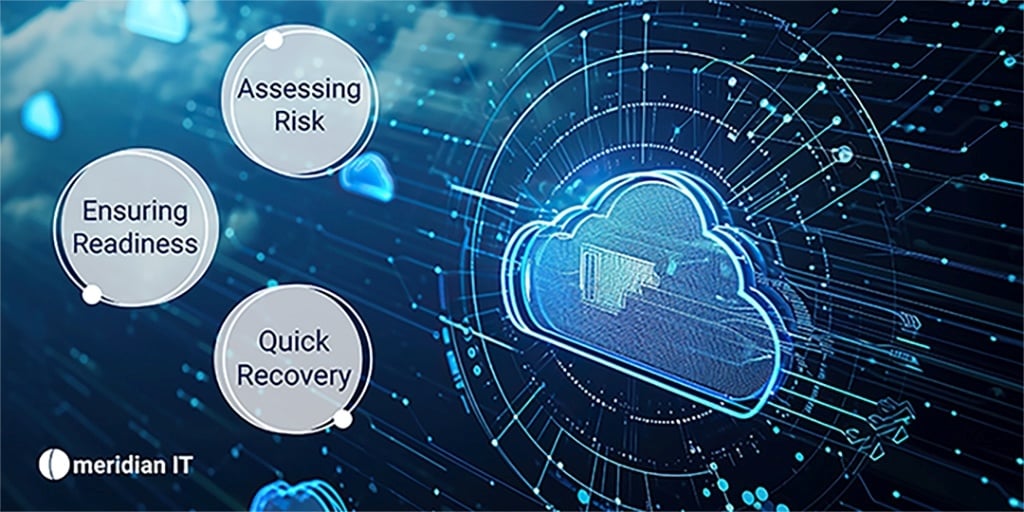In today's digital age, businesses of all sizes rely heavily on sophisticated tools and software to manage their daily operations. One such critical tool is Microsoft Active Directory (AD) and its cloud counterpart, Azure Active Directory (now known as Microsoft Entra ID). These platforms are essential for managing authorization protocols for networks, environments, and applications, making them the backbone of many enterprises.
However, while traditional data backup is crucial, it is no longer sufficient in the face of modern cyber threats. This is where the concept of cyber resilience comes into play. Cyber resilience goes beyond mere data backup by focusing on a three-pronged approach: assessing risk, ensuring readiness, and guaranteeing a quick recovery.
Active Directory Cyber Resilience Strategy
Cyber resilience is about ensuring that your business can not only withstand cyber-attacks but also recover quickly and continue operating. This holistic approach is essential for modern businesses, where a single cyber incident can lead to significant financial losses, reputational damage, and operational disruption.
- Understanding Your Active Directory Risk Profile
The first step in achieving cyber resilience is understanding your risk profile. This involves identifying the potential vulnerabilities within your IT infrastructure, particularly in your AD environment. Active Directory is a prime target for cybercriminals because it holds the keys to an organization's most valuable assets—its infrastructure and data. Issues such as misconfigurations, user errors, and dormant accounts can create significant vulnerabilities, making it imperative to regularly assess and address these risks.
- Ensuring Readiness for an Attack
Once you understand your risk profile, the next step is to ensure your readiness for an attack. This means having robust security measures in place to protect your AD environment. Cybercriminals who infiltrate AD can elevate privileges, steal data, and disrupt operations. Therefore, it's crucial to implement stringent security protocols, frequent backups, regular audits, and continuous monitoring to detect and prevent unauthorized access.
- Ensuring a Quick Recovery
Despite the best preventive measures, breaches can still occur. This is why the ability to recover quickly is a critical component of cyber resilience. If AD becomes compromised, reverting it back to its last known "good state" is essential to restoring normal operations. This requires a reliable and efficient backup solution that can swiftly recover all critical AD objects and attributes.
The Role of Purpose-Built AD Backup in Cyber Resilience
While there are scriptable and other installable services to protect Active Directory, these solutions can strain IT resources and may not provide the comprehensive protection needed for true cyber resilience. This is where purpose-built AD backup solutions, like Commvault® Cloud, come into play.
Incorporating Active Directory backup into your cyber resilience strategy is not just about protecting data; it's about safeguarding the keys to your business. With the increasing complexity and frequency of cyber threats, businesses must move beyond traditional data backup to a comprehensive cyber resilience approach.
Meridian IT’s managed services, coupled with Commvault® Cloud, offer the advanced protection and rapid recovery capabilities necessary to ensure your organization can withstand and quickly recover from cyber incidents. Focusing on your risk profile, attack readiness, and quick recovery can enhance your cyber resilience and protect your business's future.




